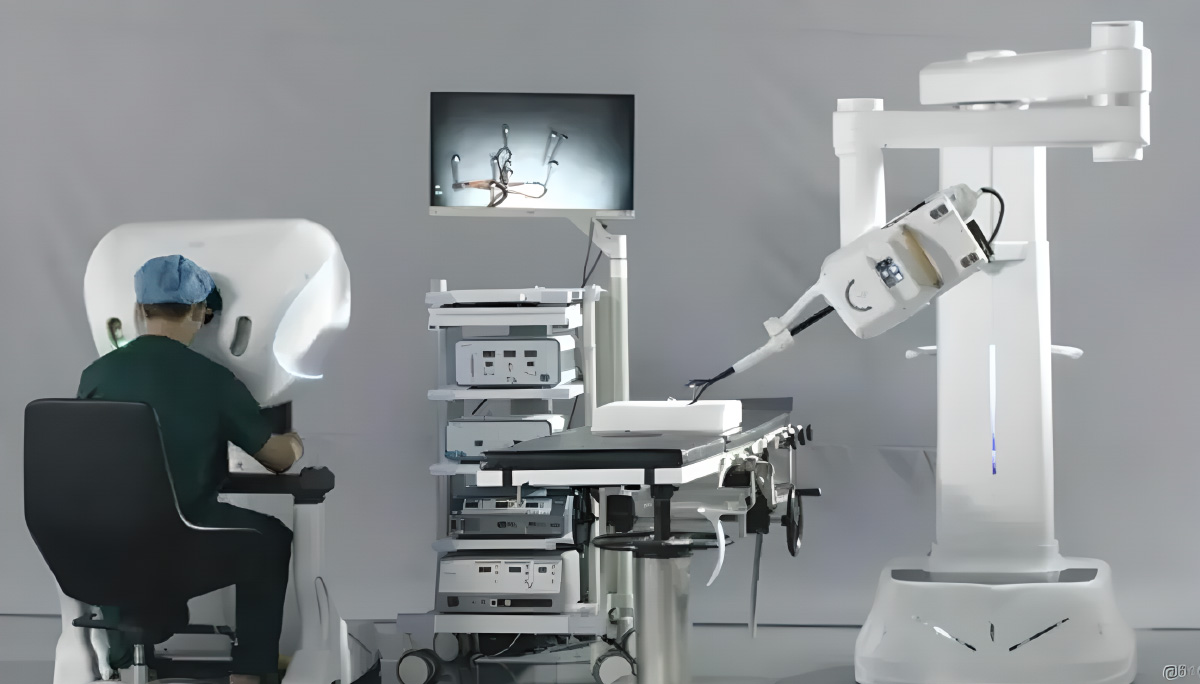
PEP020-800-Y450 Medical 3D Vision Sensor For Surgical Navigation And Optical Tracking
PEP020-800-Y450 is a 3D vision sensor based on passive stereo vision technology, designed for medical surgery navigation. It offers real-time depth perception, high frame rate (25FPS), and sub-millimeter precision, helping surgeons accurately locate surgical areas, plan paths, and guide procedures. With RGB-D data output, the sensor ensures precise tracking while reducing trauma and accelerating patient recovery. Ideal for enhancing surgical accuracy and safety, this sensor is a game-changer in the medical field
- Pyroglaux
- China
- Information
PEP020-800-Y450 3D Vision Sensor: Revolutionizing Medical Surgery Navigation
The PEP020-800-Y450 3D vision sensor is a cutting-edge tool designed to elevate medical surgery navigation through passive stereo vision technology. This product stands out due to its advanced capabilities, addressing critical pain points faced by both distributors and end-users in the medical field. With real-time depth perception, high precision, and efficient functionality, PEP020-800-Y450 provides significant value in surgical procedures.
Key Features:
Medical Surgery Navigation: The PEP020-800-Y450 sensor is specifically designed for medical applications, offering precise surgical area identification, path planning, and real-time surgical guidance, improving safety and precision. This is a game-changer for hospitals and healthcare professionals looking to enhance surgical outcomes.
High Frame Rate (25FPS): The sensor offers a high frame rate of 25FPS, ensuring smooth and continuous tracking during medical procedures. Surgeons benefit from a real-time view of the surgical area, minimizing the risk of errors.
Sub-Millimeter Precision: With ultra-high precision, the PEP020-800-Y450 ensures accurate positioning and tracking, down to sub-millimeter levels. This feature helps reduce human error, improve surgical accuracy, and enhance overall medical practice.
RGB-D Data Output: The PEP020-800-Y450 outputs detailed RGB-D (color-depth) data, which allows for the accurate visualization of the 3D environment. This data is crucial for creating highly accurate models of the surgical area, assisting doctors in real-time decision-making.
Reduced Trauma: The sensor helps minimize unnecessary damage to surrounding tissues, offering a minimally invasive solution. This not only improves the patient experience but also accelerates recovery times.
Enhanced Surgical Precision and Safety: The combination of high precision, real-time guidance, and enhanced visibility ensures that surgeries are carried out with greater accuracy and safety. Surgeons can navigate complex surgical areas with confidence, knowing they have the most accurate information at hand.
Easy Integration and Use: The PEP020-800-Y450 is designed with user-friendliness in mind, ensuring easy integration into existing surgical systems. Hospitals and clinics can deploy this 3D vision sensor without extensive retraining or operational disruptions.
Market Demand for Advanced Surgical Tools: As the healthcare industry increasingly focuses on advanced surgical tools, the PEP020-800-Y450 caters to this demand by providing innovative technology that improves outcomes and reduces risks.
Time and Cost Efficiency: The high accuracy and low trauma levels provided by the PEP020-800-Y450 help reduce surgery time and potential complications, leading to faster patient recovery and cost savings for medical institutions.
Future-Proof Technology: With RGB-D data output and the ability to integrate into next-generation surgical robots and imaging systems, the PEP020-800-Y450 is a future-proof solution designed to support evolving medical technologies.

Conclusion:
The PEP020-800-Y450 3D vision sensor is the ideal solution for modernizing medical surgery navigation. Its precision, speed, and ability to reduce trauma provide significant benefits to healthcare professionals, patients, and medical institutions alike. By leveraging this innovative technology, the medical field can move closer to achieving higher safety standards, improved outcomes, and more efficient surgical procedures.








